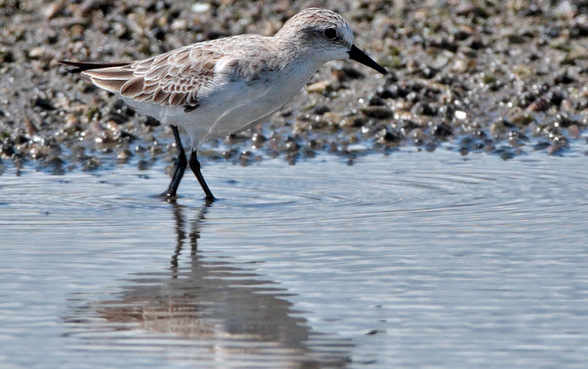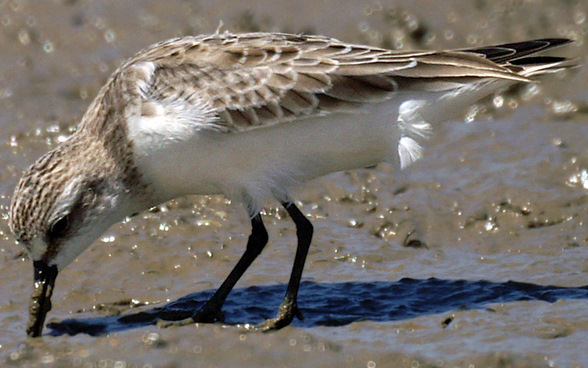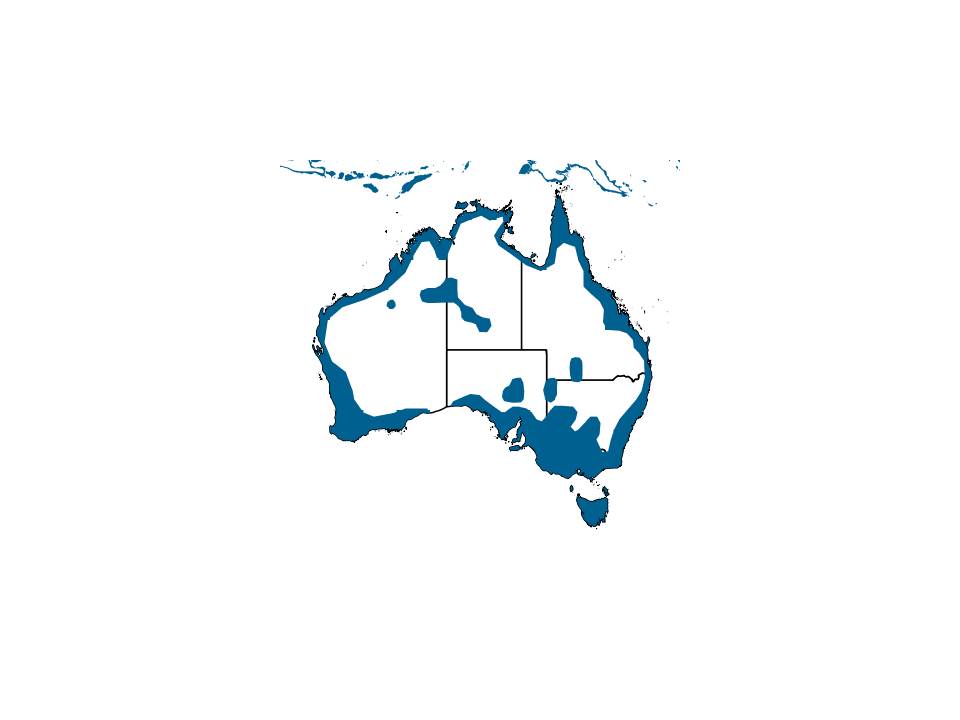Behaviour
Call
A weak chit chit or quick high pitched trill.
Diet
They forage on intertidal, near-coastal and inland wetlands. In tidal environments, they usually feed for the entire period that mudflats are exposed, often feeding with other species. They forage with a rather hunched posture, picking constantly and rapidly at the muddy surface, then dashing to another spot. Red-necked Stints are omnivorous, taking seeds, insects, small vertebrates, plants in saltmarshes, molluscs, gastropods and crustaceans.
Flight
Flocks frequently burst into flight, swift on long wings with the white under-surfaces flashing against the sea or sky.
Breeding
The Red-necked Stint breeds in north-eastern Siberia and northern and western Alaska. It follows the East Asian-Australasian Flyway to spend the southern summer months in Australia.
Field Guide
Improve your identification skills. Download your Red-Necked Stint field guide here!





